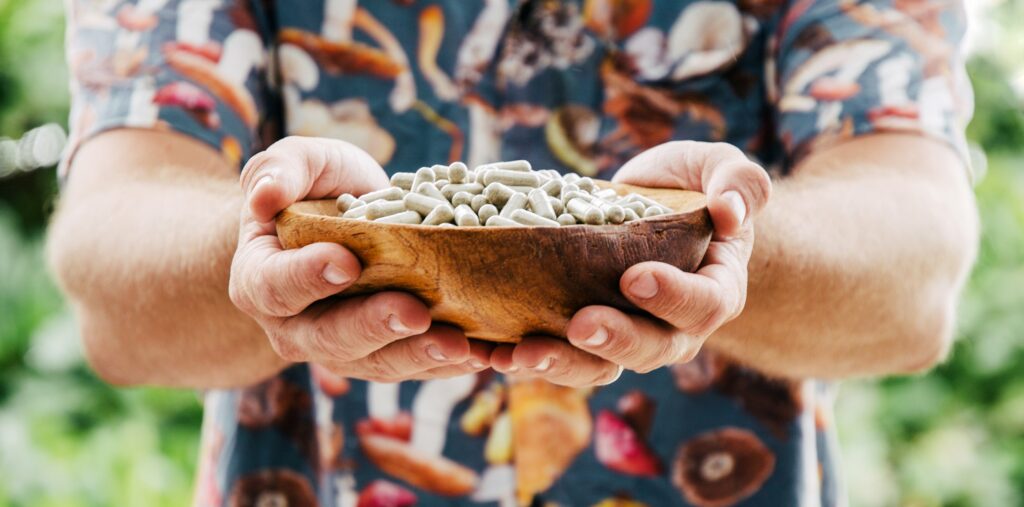Interested becoming a psychedelic therapist, guide, or facilitator?
It’s an exciting time for the psychedelic movement. In recent years, a revival of psychedelic research has been met with skyrocketing interest in psychedelics for healing and growth.
Research has demonstrated that safe and effective use of plant medicines requires compassionate support- before, during, and after the psychedelic experience.
This means that over the coming years, there will be a rapidly growing need for skilled psychedelic practitioners- otherwise known as “trip sitters.”
What does it mean to “trip sit?”
A trip sitter is someone who accompanies others under the influence of psychoactive substances, to ensure safety and positive outcomes.
Working as a trip sitter or psychedelic practitioner is incredibly rewarding- but also represents a huge responsibility for the wellness of those we work with.
The list below offers some amazingly helpful, free resources to help practitioners work safely, effectively, and to their fullest potential.
Even for those of us not interested in working as a psychedelic practitioner, studying these resources is guaranteed to help us navigate our own experiences with more grace and equanimity.
7 Amazingly Helpful Resources
- MAPS: Psychedelic Support Manual
- From the Multidisciplinary Association of Psychedelic Studies (MAPS), this of the best and most comprehensive free guides there is.
- ZENDO: Psychedelic Harm Reduction Training Manual
- This is a fantastic training manual geared towards harm reduction. It provides excellent input on how to respond to challenging psychedelic experiences.
- Manual for Psychedelic Support
- This is a phenomenal, heart-felt, and detailed overview of what it means to work as a competent guide. Written by Mark Haden.
- Guidelines and Competencies for Psychedelic Therapists
- This article may be geared towards therapists, but it offers key insights into the qualities or competencies that all psychedelic practitioners should embody.
- Johns Hopkins Human Hallucinogen Research: Guidelines for Safety
- Over the past years, Johns Hopkins has been leading the charge in psychedelic research. This document outlines some of their practices and guidelines for ensuring safety in the psychedelic experience.
- Yale Manual for Psilocybin-Assisted Therapy
- Yale is another premier institution that has been investigating psychedelics in a highly rigorous research setting. This manual offers some of their guiding principles for safely administering psychedelic substances.
- Handbook for the Therapeutic Use of LSD
- Though it’s a little bit dated, this handbook gives great insight into using LSD in individual, as well as group settings.

Conclusion
In many ways, being a helpful trip sitter is simple. Just by being present, calm, compassionate, and non-judgmental, we can make a huge difference in helping others have great psychedelic experiences.
At the same time, it’s important to recognize that people under the influence of psychedelics are often in their most raw, vulnerable, and suggestive state. As a trip sitter, every word that is said can make a massive difference in the experience of those we are accompanying.
This highlights the need for high levels of competence and experience when working with others in the psychedelic space.
Reading the manuals listed above will be a comprehensive education on best approaches for psychedelic practitioners. Of course, at the end of the day, cultivating our own experience in psychedelic states of consciousness is an education that no book or teacher could ever provide.
To learn more about working as a psychedelic guide, or using psychedelics for healing and growth, book a session with us here.
